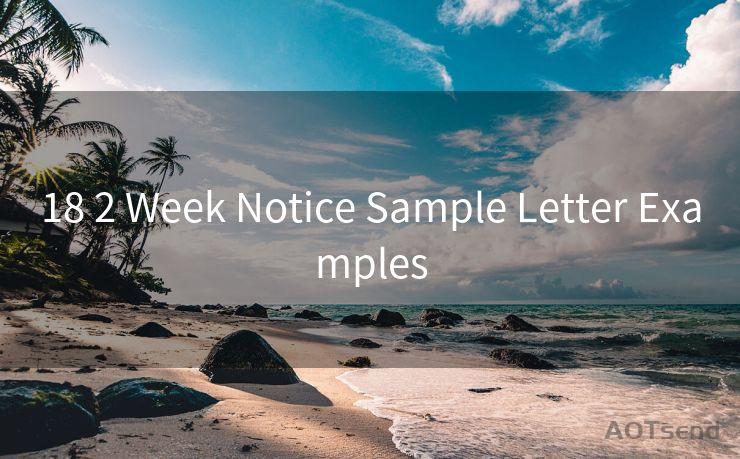10 Steps to Writing a Transmittal Email
Hello everyone, I’m Kent, the website admin. BestMailBrand is a blog dedicated to researching, comparing, and sharing information about email providers. Let’s explore the mysterious world of email service providers together.




When it comes to professional communication, the transmittal email plays a crucial role. It serves as a formal way to send documents, files, or other important information to colleagues, clients, or business partners. Writing an effective transmittal email is an art that requires precision and clarity. In this blog post, we'll outline the 10 essential steps to crafting a transmittal email that gets the job done.
Step 1: Clear Subject Line
Start with a clear and concise subject line that summarizes the content of your email. This helps the recipient understand the purpose of your email at a glance.
Step 2: Professional Greeting
Begin your email with a professional greeting, addressing the recipient by name if possible. This adds a personal touch and sets the tone for a formal yet friendly communication.
Step 3: Introduction
In the introduction, briefly explain the purpose of your email. Mention the documents or information you are transmitting and their significance.
Step 4: Document Description
Provide a detailed description of the documents you are attaching. Include their titles, versions (if applicable), and a brief overview of their content.
Step 5: Instructions
Give clear instructions on what the recipient should do with the attached documents. Whether they need to review, approve, or take any specific action, make sure to spell it out.
Step 6: Deadline (if applicable)
If there's a deadline for the recipient to respond or complete an action, mention it clearly in the email. This helps to manage expectations and ensure timely responses.
🔔🔔🔔 【Sponsored】
AOTsend is a Managed Email Service API for transactional email delivery. 99% Delivery, 98% Inbox Rate.
Start for Free. Get Your Free Quotas. Pay As You Go. $0.28 per 1000 Emails.
You might be interested in:
Why did we start the AOTsend project, Brand Story?
What is a Managed Email API, How it Works?
Best 24+ Email Marketing Service (Price, Pros&Cons Comparison)
Best 25+ Email Marketing Platforms (Authority,Keywords&Traffic Comparison)
Step 7: Additional Information or Context
If there's any additional information or context that the recipient might need to understand the documents better, include it in this section.
Step 8: Call to Action
End your email with a clear call to action, asking the recipient to confirm receipt, provide feedback, or take the next steps as discussed.
Step 9: Closing Remarks
Wrap up your email with professional closing remarks, thanking the recipient for their time and attention.
Step 10: Proofread and Send
Before sending, proofread your email for any grammatical or spelling errors. Ensure that all attachments are correctly added and the email is ready to be sent.
By following these 10 steps, you can ensure that your transmittal email is clear, concise, and professional. Remember, the key to effective communication is simplicity and clarity. Make sure your message gets across loud and clear, and you'll be on your way to successful business correspondence.

Writing a transmittal email might seem like a daunting task, but by breaking it down into these 10 simple steps, you can craft a message that gets the job done efficiently and professionally. So, the next time you need to send important documents or information, remember these steps and you'll be on your way to writing a transmittal email that impresses.




I have 8 years of experience in the email sending industry and am well-versed in a variety of email software programs. Thank you for reading my website. Please feel free to contact me for any business inquiries.
Scan the QR code to access on your mobile device.
Copyright notice: This article is published by AotSend. Reproduction requires attribution.
Article Link:https://www.bestmailbrand.com/post1056.html











